ข่าวกิจกรรม NEWS

การทดสอบระบบการจดจำอากาศยานด้วยเครื่องจำลองเหตุการณ์จริง ครั้งที่ 1 User Experiments of Aircraft Recognition Training Simulator using Virtual Reality
<div>
<p><thai>ทีมนักวิจัย BUMIT ได้ดำเนินการทดสอบระบบการจดจำอากาศยานด้วยเครื่องจำลองเหตุการณ์จริง ครั้งที่ 1 โดยมีวัตถุประสงค์เพื่อวิเคราะห์ปัญหาการใช้งานจริงของเครื่อง VR กับผู้ใช้ที่ไม่มีประสบการณ์การใช้เครื่อง VR มาก่อน และทราบความต้องการของผู้ใช้ที่มีต่อระบบการจดจำอากาศยาน
กับ ศปภอ.ทบ. ศูนย์ดอนเมือง มีผู้เข้าฝึกเป็นนายทหารจำนวน 40 ราย ในวันที่ 17 กันยายน 2563 เวลา 13.00-16.00 น.</thai></p>
<p><eng> BUMIT Research Lab conducted a user experiment of "Project of Aircraft Recognition Training Simulator using Virtual Reality" with 40 real users (military staff) at Army Air Defense Operation Center (AADOC) Donmuang. The purpose of this experiment was for enquiring the user requirements implicitly by analyzing the in-game activities and the questionaire from users.</eng></p>
<hr id="system-readmore" /></div>
<div><thai>
<p>โดย มีหัวหน้าโครงการ คือ ผู้ช่วยศาสตราจารย์ ดร.วรวัฒน์ เชิญสวัสดิ์</p>
</thai></div>
<div><eng> leading by Assistant Professor Dr. Worawat Choensawat
<p></p>
</eng></div>
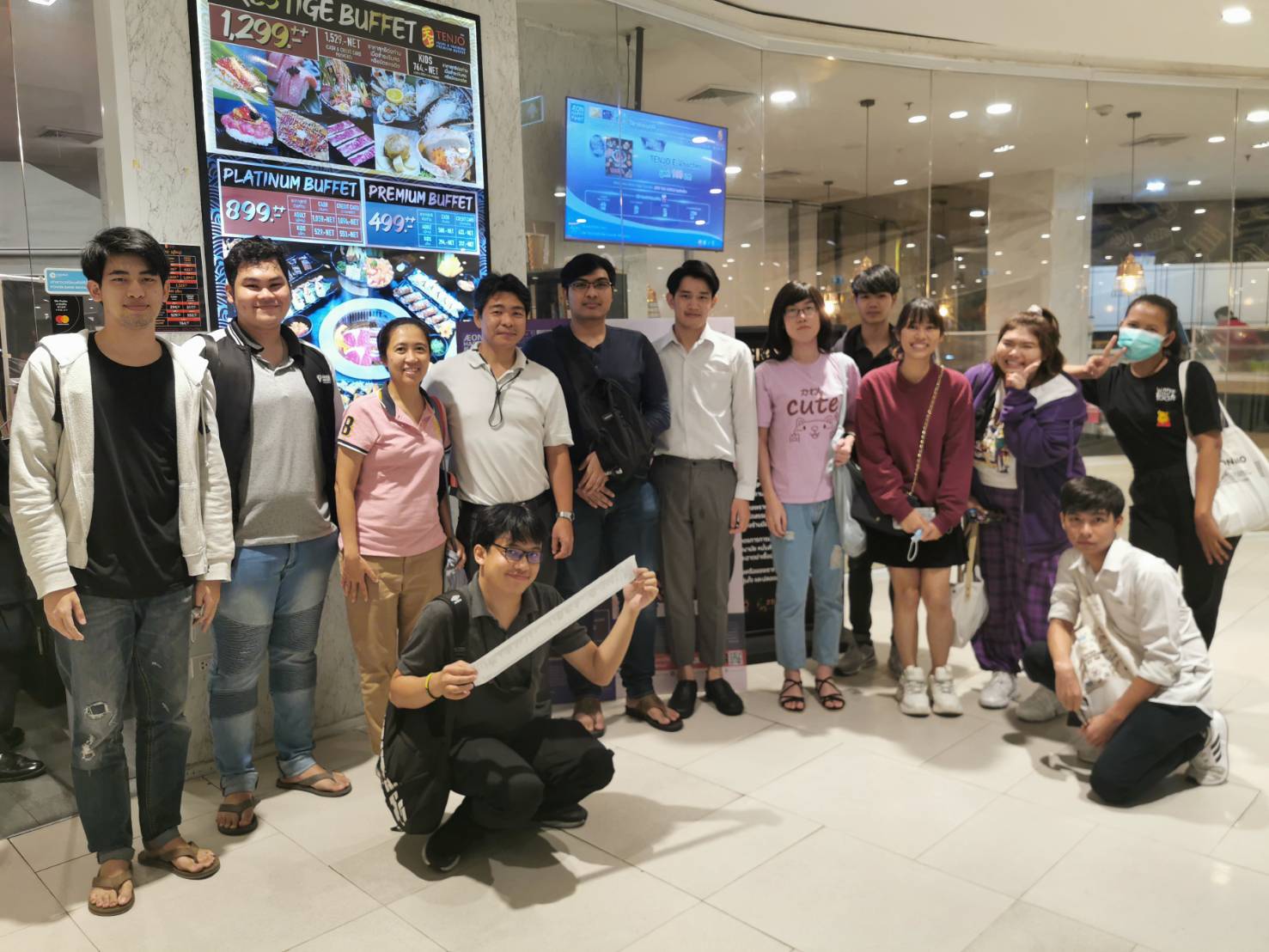
งานเลี้ยงอำลาสมาชิก BU-MIT ไปศึกษาต่อที่ประเทศญี่ปุ่น งานเลี้ยงอำลาสมาชิก BU-MIT ไปศึกษาต่อที่ประเทศญี่ปุ่น

นำเสนอความคืบหน้าบทความของนักศึกษา BU-MIT ผ่านการประชุมออนไลน์ นำเสนอความคืบหน้าบทความของนักศึกษา BU-MIT ผ่านการประชุมออนไลน์
งานวิจัย Research

ระบบการตรวจจับและเตือนภัยแอปพลิเคชั่นอันตรายบนโทรศัพท์เคลื่อนที่ A Detection and Warning System of Malicious Applications on Mobile Devices
โครงการวิจัยนี้มุ่งเน้นการตรวจจับมัลแวร์ที่ฝังตัวกับแอปพลิเคชั่นปกติ ซึ่งจะไม่แสดงพฤติกรรมที่น่าสงสัยและเป็นอันตรายในตอนต้น และเพิ่มประสิทธิภาพของการตรวจจับโค้ดอันตรายบนอุปกรณ์เคลื่อนที่
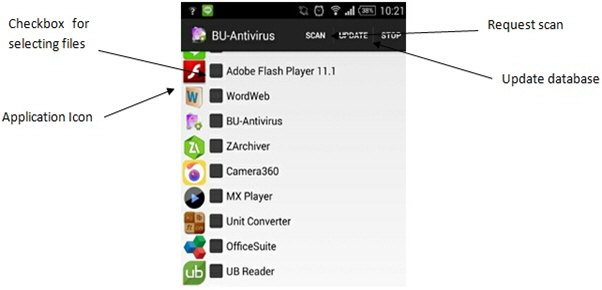
การตรวจจับโค้ดที่เป็นอันตรายบนระบบปฏิบัติการมือถือ Detection of Malicious Code on Mobile Operating Systems

Research Project on Cybersecurity
Research Project on Cybersecurity
1. Detection and monitoring malicious applications on android mobile devices (funding by the national broadcasting and telecommunication commission : NBTC during 2016-2017)
ผลงาน Publications
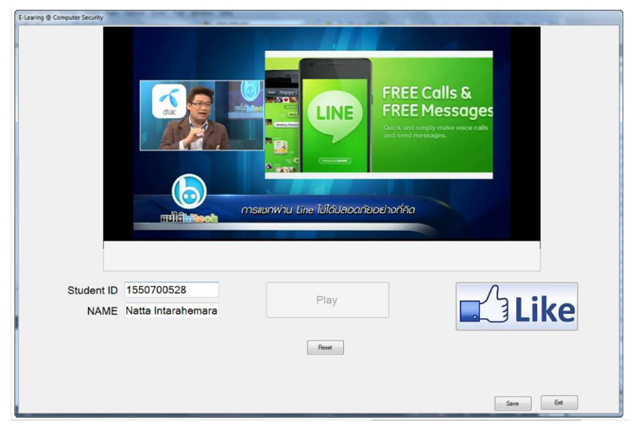
Structural Analysis of Video-Audience-Watching Preference
AUTHORS: Chonthorn Ariyapitipan and Kingkarn Sookhanaphibarn
ABSTRACT: This paper presents a systematic approach for video-audience-watching content analysis. Our analysis technique is based on audience preference that they will click Like while watching a video clip. The principal component analysis is applied to extract the content structure of a video clip. The hierarchical clustering technique also is used to segment a video content as time slots. The analysis and clustering are based on the audience opinion. In our experiment, the approach is set to teaching video content for 22 4-year students in Bachelor degree. The analysis results show the three principal structures that can represent three principal video-audience-watching preference styles.
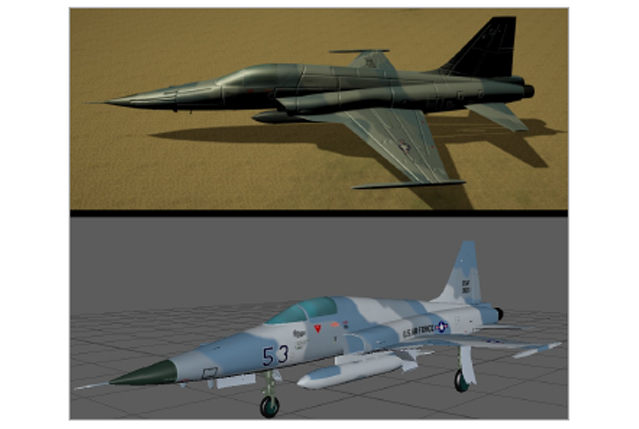
Aircraft Recognition Training Simulator using Virtual Reality
AUTHORS: Worawat Choensawat and Kingkarn Sookhanaphibarn
ABSTRACT: Visual aircraft recognition (VACR) is a visual skill taught to military personnel to recognize the external appear-ance of the aircraft, both friendly and hostile, most likely to be encountered. It is important for air defense and military intelligence gathering. In training, many media are used such as scale models, printed silhouette charts, slide projectors, and computer-aided instruction. However, none of the above media allows practitioners to experience real environment-liked such as visibility on rainy days, cloudy days, nighttime and the actual flight characteristics of aircraft. This paper proposed a simulation system based on virtual reality for VACR training that allows training practitioners in realistic virtual environments and able to evaluate the effectiveness of the training. The system consists of the various types of aircraft models, AI modules for weather simulation and flight patterns according to the characteristics of each type of aircraft, terrain modeling, and the evaluating system.
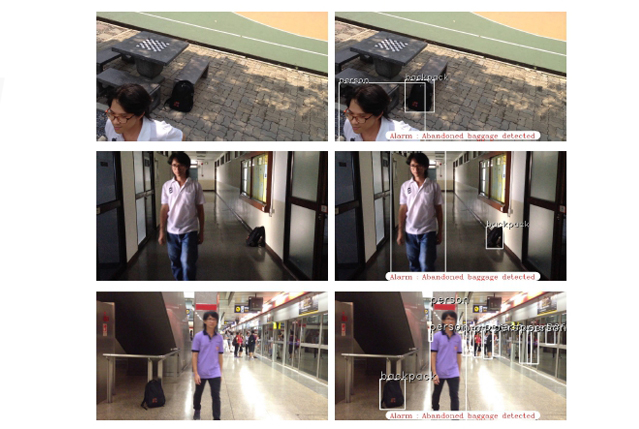
Application of YOLO Deep Learning Model for Real Time Abandoned Baggage Detection
AUTHORS: Tossaporn Santad, Piyarat Silapasupphakornwong, Worawat Choensawat, and Kingkarn Sookhanaphibarn
ABSTRACT: We proposed an abandoned-baggage detection system that the baggage was left in public places for security reasons, i.e., subway stations. The proposed system applied the YOLO deep learning model for object detection, and presented a GUI for supporting a parameter setting. With this GUI, the detection system will be invariant to lighting and camera position.







